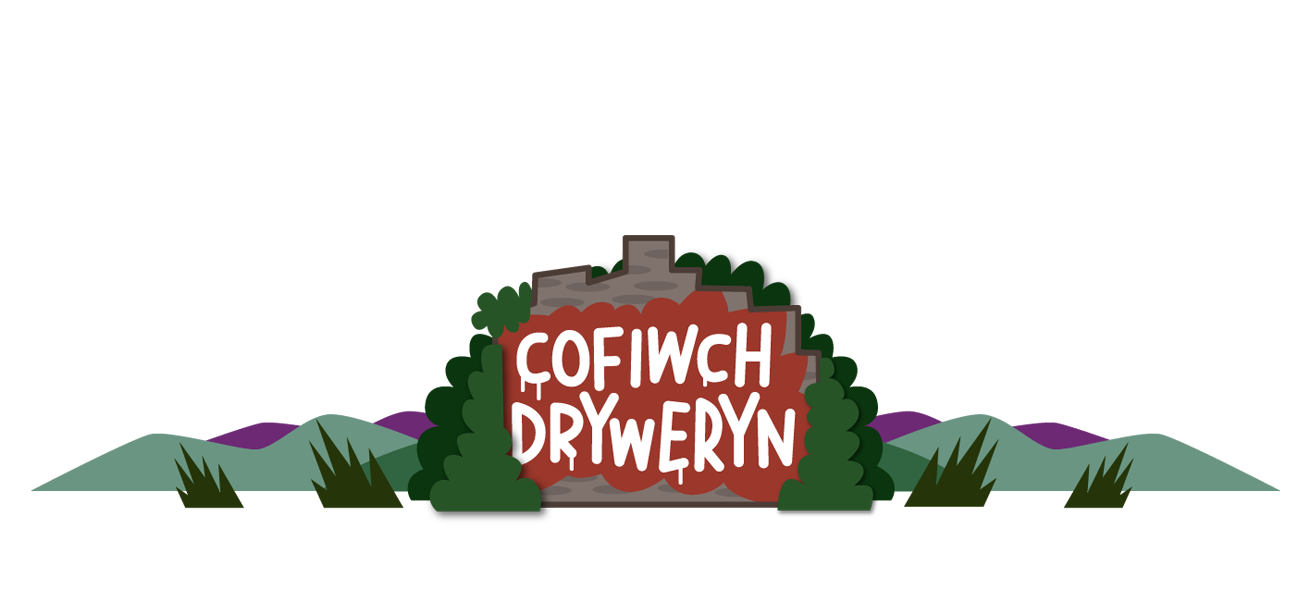

This traditional, 16th century upland farmhouse was the birthplace of Bishop William Morgan (c. 1545-1604). On instruction from Elizabeth I, Morgan was the first to translate the Bible into Welsh. After the Acts of Union in 1536, the Welsh language had been denied official status and banned from civic life. His 1588 translation, written in a beautiful and easily-understood style, is seen by many as one of the main reasons the language survived and is thriving to this day. In the century since its publication, Wales enjoyed one of the highest popular literacy rates in Europe, and Morgan’s translation was used in churches until 1988. Run by the National Trust, Tŷ Mawr Wybrnant is beautifully situated with walks from the grounds. Now a modest museum, the interior has been restored to the way it might have looked when Morgan lived there. Only around 20 of Morgan’s first editions survive, and two of these are on display.
Tŷ Mawr Wybrnant
-
- Region : North West Wales
- Grid Ref : SH 76588 52300
- GOOGLE Map
- Visit the website
- Add to your list
This traditional, 16th century upland farmhouse was the birthplace of Bishop William Morgan (c. 1545-1604). On instruction from Elizabeth I, Morgan was the first to translate the Bible into Welsh. After the Acts of Union in 1536, the Welsh language had been denied official status and banned from civic life. His 1588 translation, written in a beautiful and easily-understood style, is seen by many as one of the main reasons the language survived and is thriving to this day. In the century since its publication, Wales enjoyed one of the highest popular literacy rates in Europe, and Morgan’s translation was used in churches until 1988. Run by the National Trust, Tŷ Mawr Wybrnant is beautifully situated with walks from the grounds. Now a modest museum, the interior has been restored to the way it might have looked when Morgan lived there. Only around 20 of Morgan’s first editions survive, and two of these are on display.
